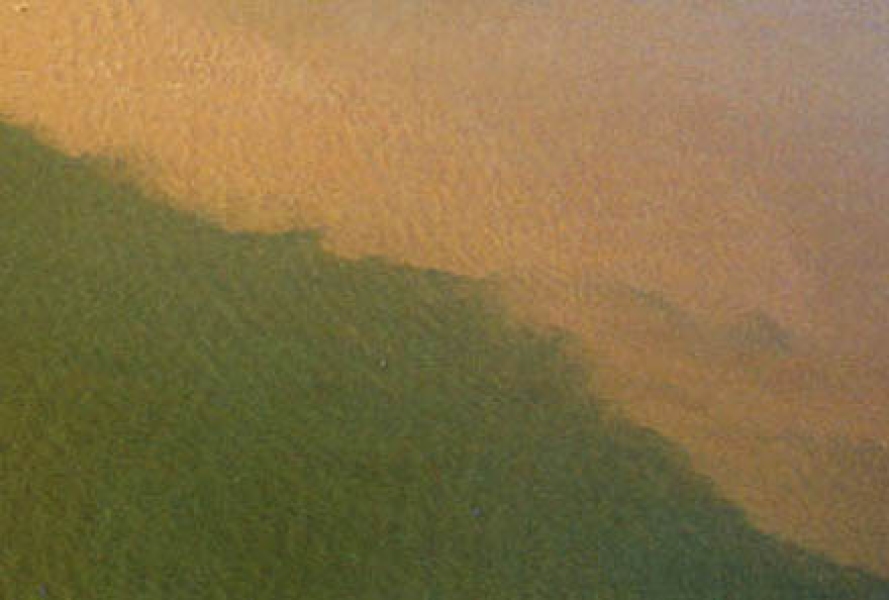How does urbanisation increase sediments in waterways?
When land is cleared for urban development, earthworks are required to establish roads and building sites. The exposed soils are prone to erosion and can cause large quantities of sediment to be washed into nearby waterways through surface runoff, especially after heavy rain. Small streams and rivers may also be completely modified through channelisation, construction of revetments (concrete structures), and instream barriers (e.g., culverts and dams), and removal of riparian vegetation.
More information about water take, dam, and divert
More information about loss of riparian vegetation
Good management will reduce the impacts of urban development by maintaining natural flow and habitat around urban waterways.
Potential impacts of sediment on water quality and mahinga kai
- Decreased water clarity - increased sediment loading into a stream will decrease water clarity and reduce visibility for fish seeking food and places to live.
- Damage to fish gills and filter feeding apparatus of invertebrates.
- Changes to the benthic (bottom) structure of the stream/river bed - coarse substrates such as gravels and boulders are replaced/smothered by sand and silt.
- Decreased numbers of invertebrate species from smothering of habitat - invertebrates are a food source to some mahinga kai (e.g., kōura and fish) and diverse invertebrate communities are also an indicator of healthy stream systems.
- Decreased algal food supply at base of food chain – sediments can scour algae from rocks, make algae unpalatable, or reduce light to levels where algae cannot grow (because plants need light to photosynthesise).
- Increased contaminants from surrounding land - sediments can transport attached pollutants such as nutrients, bacteria, and toxic chemicals from agriculture and horticulture into our streams.

